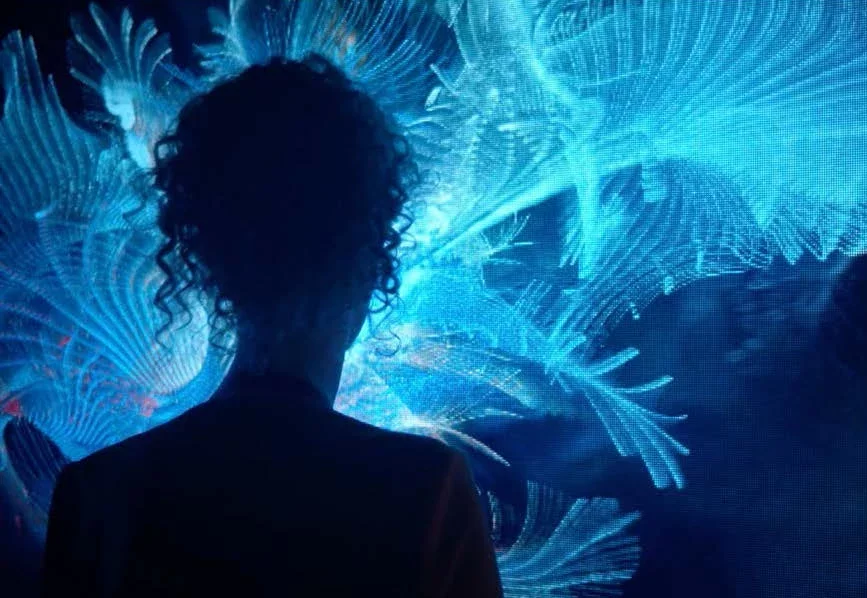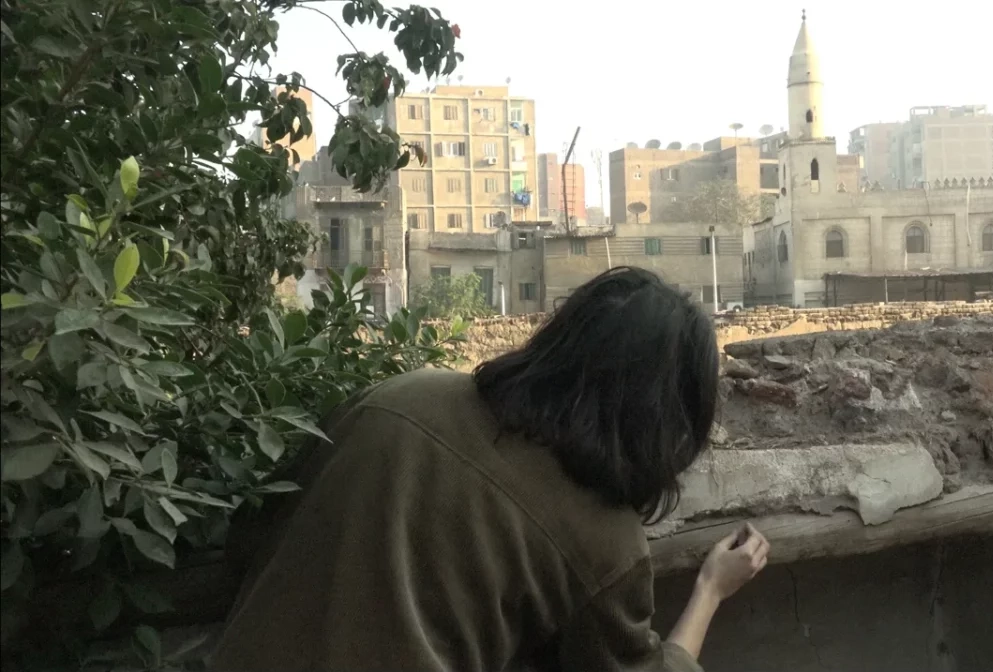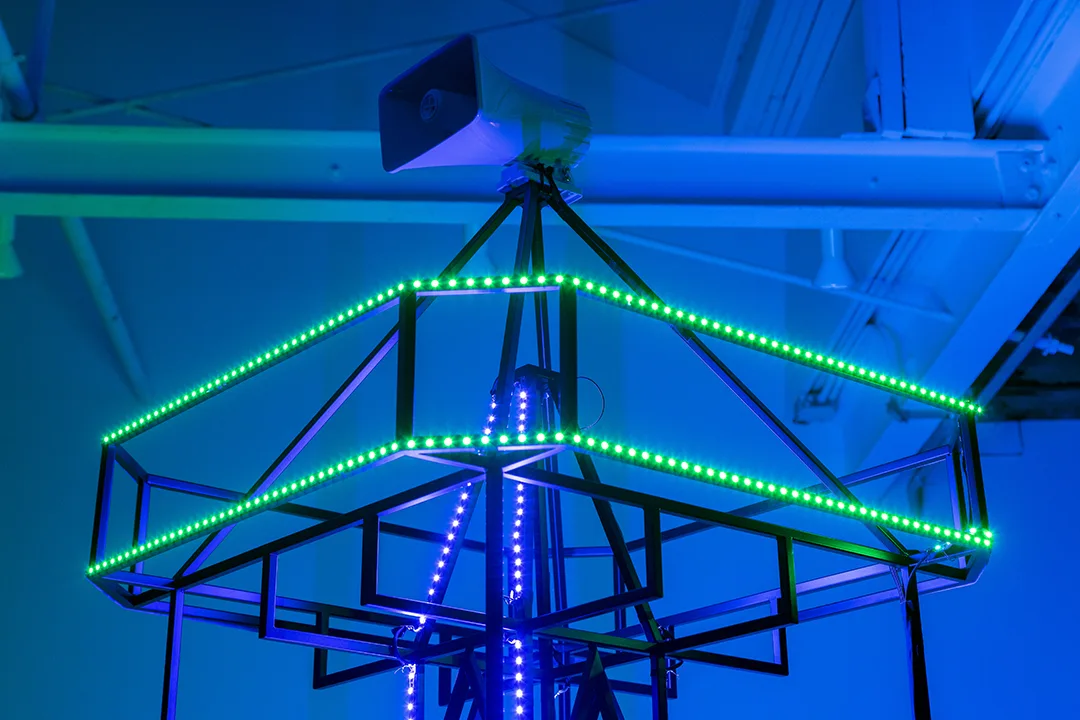The 2023 Harold and Arlene Schnitzer Prize in the Visual Arts at MIT recipients: Manar Moursi, Reina Mun, and Karyn Nakamura
What happens when technologies fulfill their mission? What happens when they fail, or decay, or when the need for which they were created no longer exists? These are the questions asked by the student winners of the 2023 Harold and Arlene Schnitzer Prize in the Visual Arts at MIT. Working across a broad spectrum of media, these artists explore our intimate relationships with time, with memory and tradition, and with the fleeting nature of meaning. The stories they tell begin where most stories end, in a magical rearview mirror that somehow tells us more about where we are heading than where we have been.
The Schnitzer Prize is presented to current MIT students for excellence in a body of work. Students submit an artistic portfolio for consideration. “Working with a wide range of media, from photography and video to artist books and printed matter, as well as devising technologically sophisticated installations and interactive objects, these remarkable students demonstrate the diversity and excellence of creative work taking place at the Institute,” says Andrea Volpe, Director of the Council for the Arts at MIT (CAMIT). “All four Schnitzer prize winners reflect on their relationships to memory, time, place, and technology. The council is particularly proud to have previously supported the work of these artists through its grant programs.”
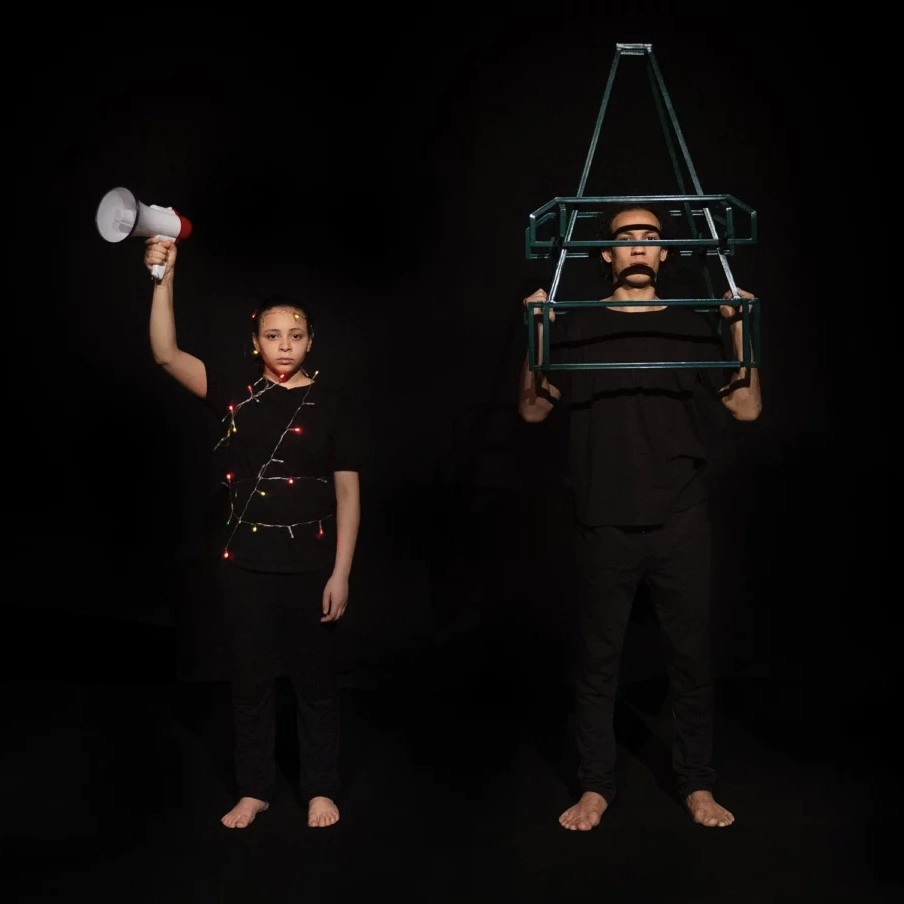

Between Piety and Benefit
There is a beauty of intent. And there is a beauty of reaction—the ways humans manage to survive repression, decay, and chaos. Manar Moursi works in this second realm. Moursi, a PhD candidate in History, Theory, and Criticism of Architecture and Art (HTC), finds multiple levels of meaning in illegal construction, crumbling bathhouses, government censorship, and even street chairs. Deeply rooted in Cairo’s built environment, Moursi’s complex architecture and street images also convey universal themes and truths.
The Loudspeaker and The Tower (2019) is a long-term research and art project that has spawned several installations in Dubai and various Canadian venues, including Toronto. The project will also appear as a forthcoming artist book, published by Edition Fink, Zurich and funded by CAMIT, Mophradat, the Canada Council for the Arts, and an Al Serkal Foundation Research grant.
Inspired by the proliferation of mosques beyond Cairo’s Ring Road, the series features, among other elements, a duo of mimes that mimic the hand movements of imams delivering their sermons. Moursi uses the project to explore her evolving relationship with faith and the complicated motives that often drive mosque construction. “A mini-developer will purchase a few plots and build a mosque,” she offers as an example. “Because it’s a mosque, the government can’t pull it down, and is obliged to provide water, electricity, and paved roads. It’s a tug-of-war between piety and benefit.”
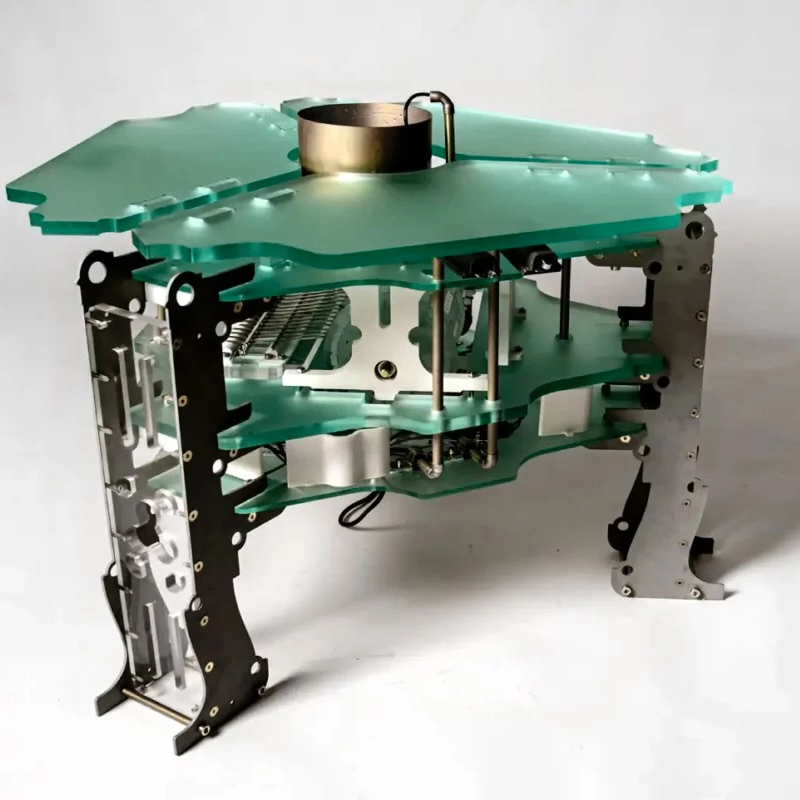

The Sound and Sight of Silence
Reina Mun (SMACT ’23) delves into the reciprocal relationship between object and observer. In Silence Top, she explores the effect of silence in different contexts. The piece, inspired by the traditional Korean soban low table, sounds semitones when groups of three or more people seated at the table fall silent; the tones grow more aggressive and frequent as the silence persists. Yet when a single person sits in silence at the table, that silence is honored, and the piece emits a gentle mist.
State of mind is front and foremost in Chaotic Timer, where viewers input their perceived stress level—from one to ten—into an interactive and algorithmic device that marks time with magnetized balls that roll in a series of pendulum modules. Countdown speed is affected by the user’s stress level. A flux viewing film atop the modules changes color with the changing strength of the magnetic field. “Participants are the co-creators of the work,” says Mun. “Each participant creates a different experience and outcome based on inputs unique to the individual.”


Constructive Deconstruction
Karyn Nakamura ’23 (Art and Design) has certainly made her mark at MIT. Last spring, the artist lit up West Campus when she transformed the imposing façade of Simmons Hall into a scintillating canvas of light and pixels.
More recently, with BREAK MY BODY LIBERATE MY SOUL, Nakamura has taken over the abandoned R&D Pub in the Ray and Maria Stata Center at MIT with a 20-channel Frankenstein video organism built of obsolete or abandoned monitors the artist found in campus loading docks, closets, and dumpsters. In her year-long occupation of the pub, she stages an intervention in the life cycle of technological progression at MIT, bringing discarded technology back into the heart of the machine that pushes it out.
“There is only one right way for a machine to work,” explains Nakamura, who is planning to move to New York after graduation. “But everything breaks in its own way. Each piece of hardware and every algorithm it runs has a character that is exposed in its flaws. I try to disentangle black-boxed intricacies, intuitively, perceptively, and emotionally by inserting myself into the circuit.”
The Council for the Arts at MIT presents The Schnitzer Prize and several other awards annually to MIT students who have demonstrated excellence in the arts.
Written by Ken Shulman
Editorial direction by Leah Talatinian

